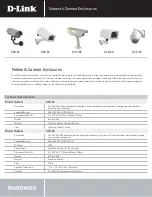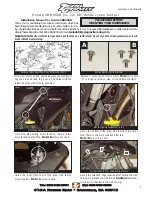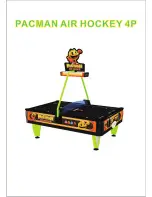
12
Once all off these adjustments are made, little needs to be done to continue
printing ballots within registration if the paper is loaded in the tray consistently.
You can keep an eye on the registration as you produce ballots to determine if it
needs any adjustments.
•
Checking Registration on Blank Ballot Stock--
Since blank ballot stock does
not have registration targets, it is much more difficult to determine if a ballot is
within registration. This is why ES&S recommends the use of the DBS.
Otherwise, a Ballot Overlay, ruler, or caliper would be required to validate
registration of each ballot.
To verify correct scaling, the distance between the cross hairs needs to be
measured. The distance should be 7.5” horizontally, and 13.4” vertically. Adjust
the scaling as described earlier and reprint samples until it is accurate.
To check the Margin settings, you need to measure from the center of each of the
cross hairs to its closest edges of the ballot. A perfectly registered ballot will have
the center of all the cross hairs .500” from the left and right edges of the paper, and
.300” from the top and bottom edge of the paper. The tolerances on these numbers
for an acceptable ballot are +/-.030”. Adjust the Margins as described earlier and
reprint samples until it is accurate.


































